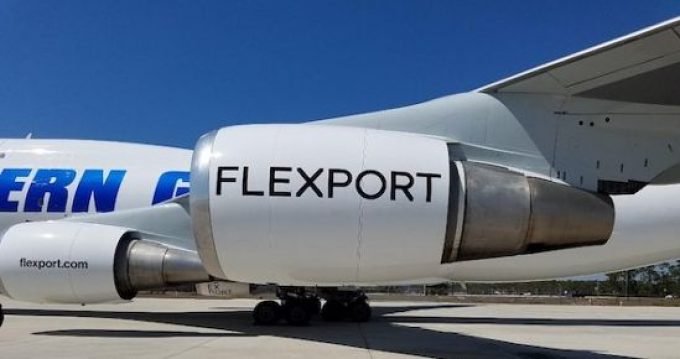Freightmate 'a product of theft, not ingenuity' says Flexport
Former Flexport staffers “brazenly” stole trade secrets and data, according to a lawsuit filed yesterday ...

Flexport: the name alone invokes a multitude of commentary in articles, at conferences and on social media – good, and not so good.
The company started in 2013 when founder Ryan Peterson, entrepreneur and co-founder of Import Genius, decided to tackle the ‘antiquated’ and ‘unsexy’ freight forwarding market. As noted in a Forbes article from 2016, Mr Peterson said: “It’s really all about coordinating complexity. In the freight world, the user experience is just broken.
“No company has enough assets to keep the goods within their own company the whole ...
Outlook for container shipping 'more uncertain now than at the onset of Covid'
Shippers warned: don't under-value US exports to avoid tariffs – 'CBP will catch you'
Cancelled voyages take the sting out of spot rate declines this week
Teamsters union vows UPS will be 'in for a hell of a fight' over jobs cull
New Houthi warning to shipping as rebel group targets specific companies
K+N CEO unveils impact of US import tariffs on China-origin goods
Blanked sailings in response to falling demand 'just a stop-gap solution'
CMA CGM to reflag box ship as the French carrier eyes growing Indian market
More pressure on transpacific rates as carriers bet on a China-US trade deal
Boeing looks to resell up to 50 aircraft rejected by Chinese buyers
'Strong start' to 2025, despite market uncertainty, says Kuehne + Nagel
US Customs chaos means 'more downside risk than upside potential' for air cargo
Taiwan ministries act to mitigate effect of trade war on agriculture exports
Wan Hai joins box shipping 'arms race', but avoids Chinese yards for newbuilds
MOL signs up with Climeworks for direct air carbon capture and storage


Comment on this article
Gary Ferrulli
July 22, 2019 at 3:08 pmFlexport is a smartly self-styled “power” in the forwarding industry. They send out many press releases which few carefully review for accuracy. You apparently have and to say that they are not in the top 25 is a huge understatement. That said, they have garnered a great deal of funding access, and at TPM in March, they declared that their strategy moving forward was to use a recently announced $1. Billion in funding access to “grow commercially”. Translated, they are having to buy their way into the markets, as many have done in the past. Let’s see how that works out.